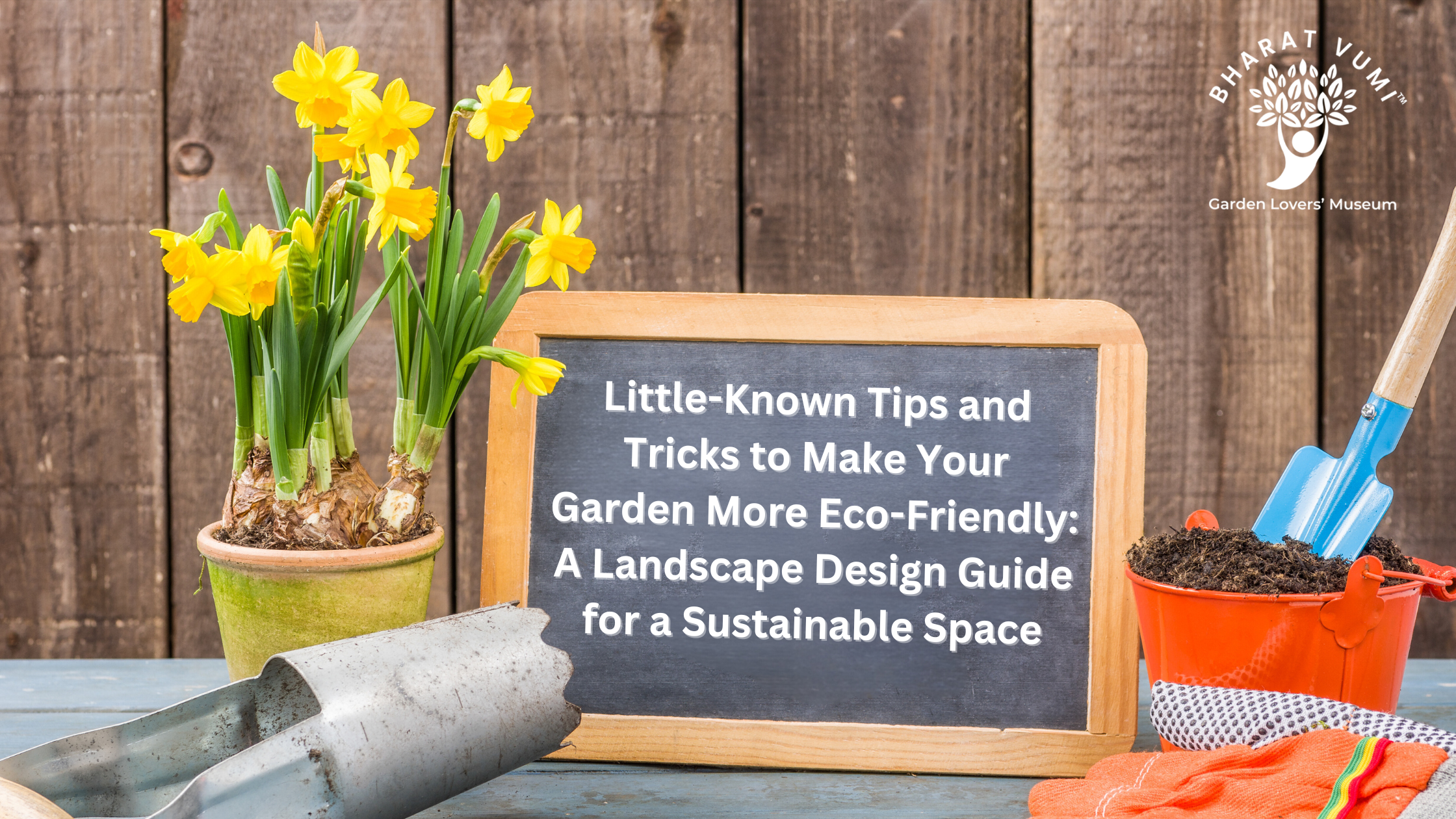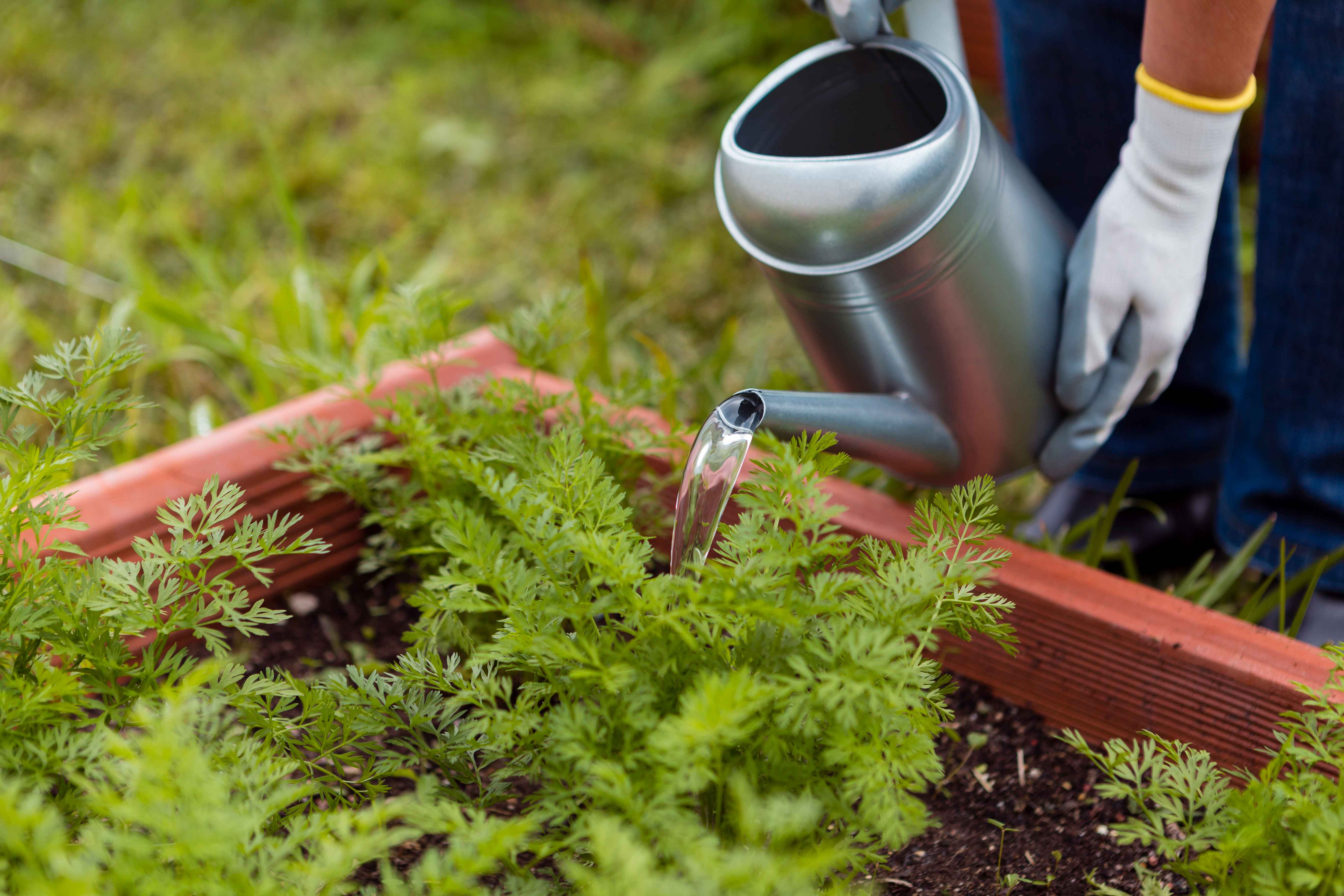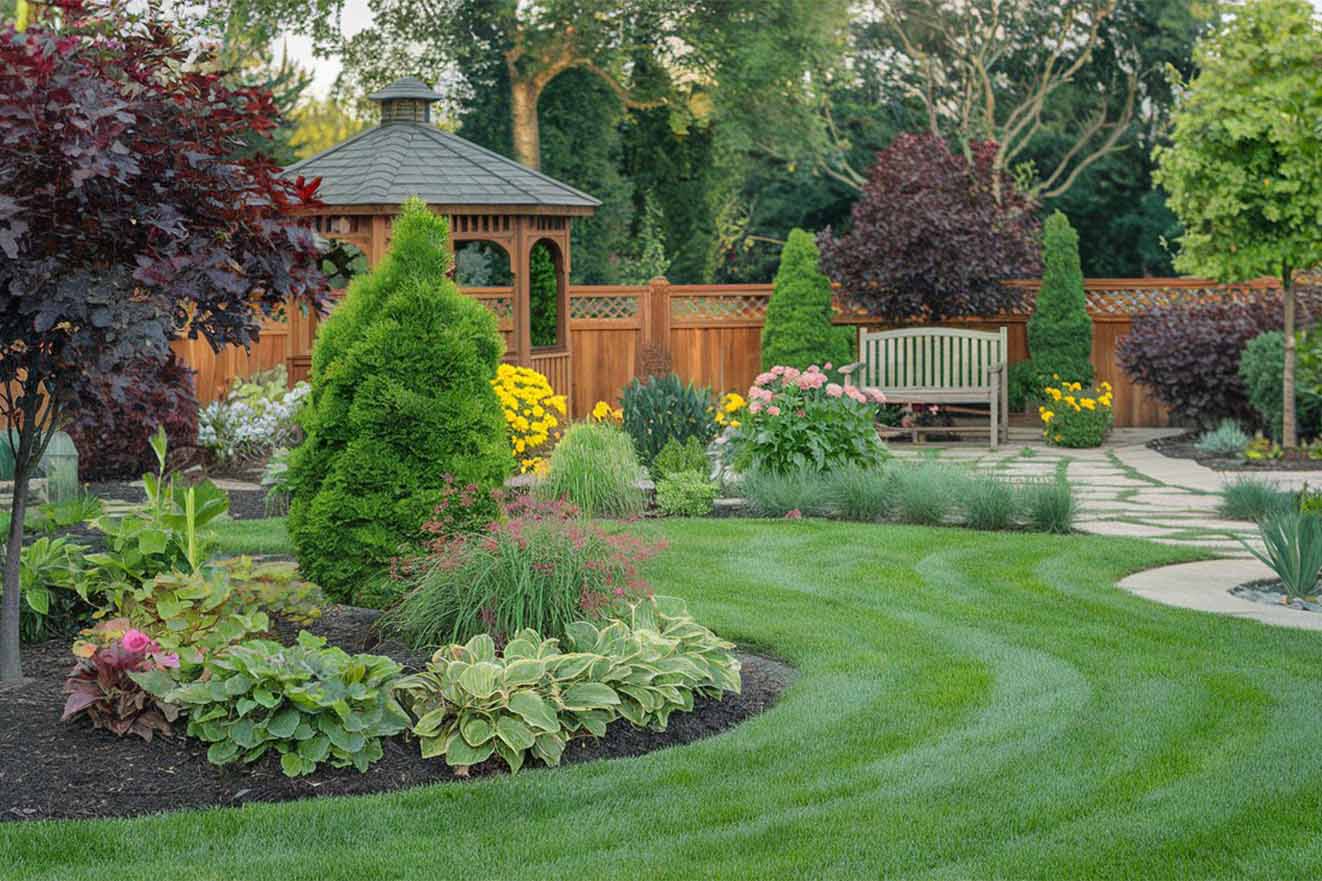Five Easy Steps to Create a Beautiful Flower Bed with the Best Landscaping Services
Creating a stunning flower bed can transform your outdoor space, adding color, vibrancy, and life to your garden. Flower beds serve not only as a visual delight but also as a haven for pollinators and a focal point for your landscape design. If you’re looking for the best landscaping services, they can provide invaluable assistance in turning your floral visions into reality. This ultimate guide will walk you through five easy steps to create a beautiful flower bed that not only impresses your neighbors but also brings joy to your home.
Step 1: Choose the Right Location
The journey to a beautiful flower bed begins with selecting the perfect location. This is crucial for the success of your plants, as sunlight, drainage, and visibility all play important roles.
Assess Sunlight and Drainage
Most flowering plants thrive in full sunlight, meaning they need at least six to eight hours of direct sunlight each day. Observe your yard at different times to identify areas that receive adequate sunlight. Additionally, consider the drainage of the area; flowers do not like “wet feet.” Make sure the chosen spot allows water to drain away easily.
Consider Visibility
Position your flower bed in a location where it can be admired from your home and commonly used pathways. A well-placed flower bed can create a welcoming entrance or a tranquil retreat in your backyard.
Consult Professionals
If you're unsure about the best location for your flower bed, consulting with the best landscaping services in your area can provide expert advice tailored to your garden’s unique conditions. They can assess sunlight, soil quality, and aesthetics to recommend the ideal location.
Step 2: Plan Your Design
Once you've settled on the location, it’s time to unleash your creativity in planning the design of your flower bed.
Consider Flower Types and Seasonal Interest
Research various flower types that suit your climate and soil conditions. A mix of perennials and annuals can create a dynamic display that changes throughout the seasons. Perennials come back year after year, while annuals provide seasonal bursts of color. This combination ensures your flower bed remains vibrant year-round.
Create a Color Scheme
Choosing a cohesive color scheme can elevate the aesthetics of your flower bed. Consider using complementary colors that enhance each other. For example, pairing warm colors like yellows and oranges with cool colors like blues and purples can create a visually stunning contrast. Alternatively, you might prefer a monochromatic scheme, where different shades of the same color harmonize beautifully.
Sketch Your Design
To visualize your ideas, sketch your flower bed on paper or use garden design software. This helps you understand the spacing and arrangement of flowers before planting.
Consult Experts
If you feel overwhelmed by the design process, don’t hesitate to seek help from the best landscaping services. They have the expertise to help you create a design that not only looks great but also fits the environmental conditions and your maintenance preferences.
Step 3: Prepare the Soil
Healthy soil is the foundation of a flourishing flower bed. Proper preparation ensures that your flowers have the nutrients they need to thrive.
Clear the Area
Begin by removing any grass, weeds, or debris from the area where your flower bed will be. Use a spade or hoe to clear the ground effectively. Ensure that the soil is loose and crumbly, allowing roots to penetrate easily.
Test Your Soil
Before planting, conduct a soil test to determine its pH level and nutrient content. This information is critical for understanding what amendments your soil may need. Many plants prefer a slightly acidic to neutral pH (between 6.0 and 7.0), so testing helps you make necessary adjustments.
Amend the Soil
Based on the results of your soil test, you may need to amend your soil with organic matter, such as compost or well-rotted manure. These materials improve soil fertility, structure, and moisture retention. Work the amendments into the top 12 inches of soil, ensuring even distribution.
Step 4: Select and Plant Your Flowers
With the groundwork laid, it’s time to select and plant your flowers. This step requires consideration of the individual needs of each plant.
Choose the Right Plants
Select flowers that complement your design and thrive in your local climate. Look for native plants, which are often more resilient and require less maintenance. Consider the height and spread of each plant, ensuring you group taller flowers towards the back of the bed and shorter ones at the front for an aesthetically pleasing layered effect.
Planting Techniques
Spacing: Follow the recommended spacing guidelines for each flower type to prevent overcrowding. This not only allows for optimal growth but also enhances airflow, reducing the risk of disease.
Digging Holes: When planting, dig holes that are slightly larger than the root ball of each plant. This gives the roots room to spread out and establish.
Watering: After planting, water each flower thoroughly to settle the soil around the roots.
Utilize Professional Assistance
If you're uncertain about plant selection or planting techniques, the best landscaping services can provide valuable insights. Their expertise ensures that you choose the right plants for your flower bed, enhancing its overall beauty.
Step 5: Maintain Your Flower Bed
The final step in creating a beautiful flower bed is ensuring ongoing maintenance. This is where your investment pays off, as regular care keeps your flowers thriving.
Watering Practices
Water your flower bed regularly, especially during dry spells. Early morning is the best time to water, as it reduces evaporation and allows plants to absorb moisture throughout the day. Ensure that the soil is consistently moist but not waterlogged.
Weeding and Mulching
Regularly check your flower bed for weeds, which compete with your flowers for nutrients and water. Pull them out by hand or use mulch to suppress weed growth. Applying a 2-3 inch layer of organic mulch (like wood chips or straw) around your plants helps retain moisture and regulate soil temperature.
Pruning and Deadheading
To promote continuous blooming, deadhead (remove spent flowers) and prune back any dead or unhealthy foliage. This encourages new growth and can extend the blooming period of your flowers.
Seek Professional Care
If you prefer a hands-off approach or lack the time for maintenance, hiring the best landscaping services can be beneficial. They can provide expert care tailored to your flower bed, ensuring it remains healthy and beautiful.
Conclusion
Creating a beautiful flower bed is a rewarding endeavor that enhances your outdoor space and adds value to your home. By following these five easy steps, you can design and cultivate a stunning flower bed that will bring joy throughout the seasons. If you’re looking for assistance, remember that the best landscaping services are available to help you with every step of the process, ensuring a beautiful result that you’ll love for years to come.
Whether you’re a seasoned gardener or a beginner, this ultimate guide provides the knowledge and confidence you need to create your dream flower bed. With careful planning, execution, and maintenance, your garden will flourish, bringing beauty and tranquility to your home. Happy gardening!



.png)











